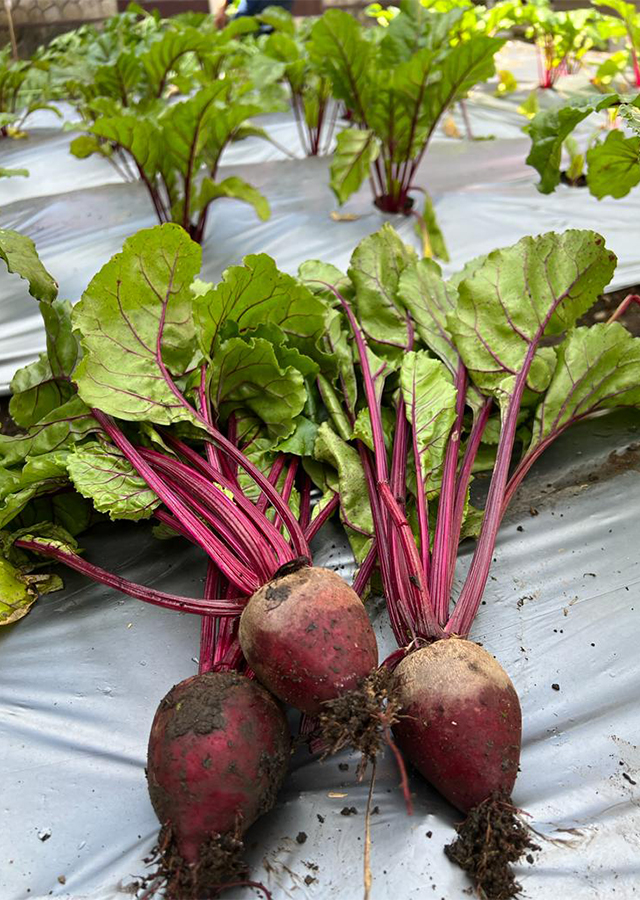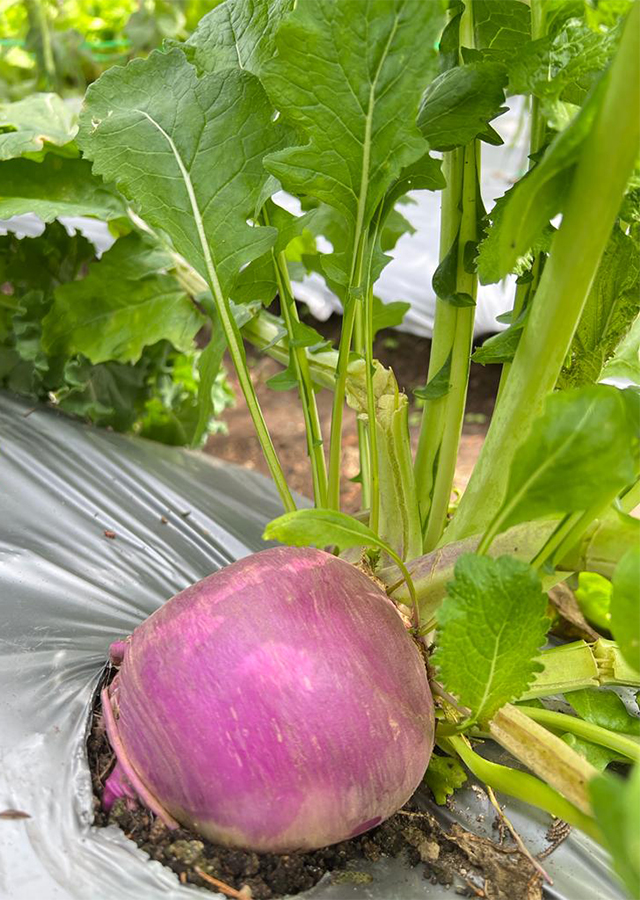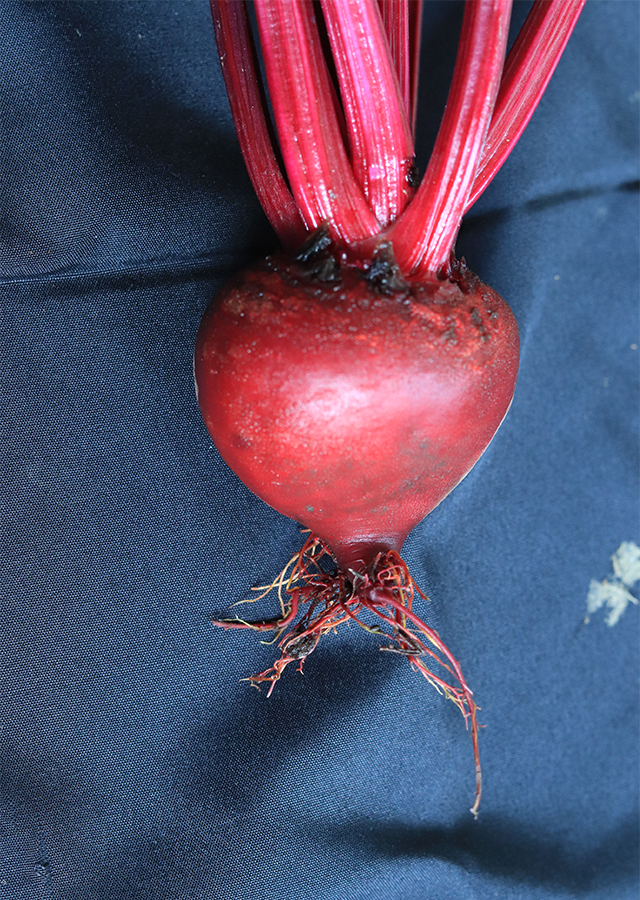Traditional Herbs from Beta vulgaris
boils
- Prepare enough fresh beet root.
- Clean it from dirt by washing it in running water.
- Crush it until it becomes a paste.
- Apply it to the boil.
lower_cholesterol": ["Take\u00a0fresh beetroot\u00a0as needed.
What is Beta vulgaris Looks like??



Parts of Beta vulgaris that could be used
- Leaves
- Seeds
- Roots
Beta vulgaris Distribution
Beets are a plant that is widespread throughout Asia Minor, the Mediterranean and Europe. This species has been cultivated since the 1st century AD, and is grown mainly for its roots. This species has several cultivar groups, namely, sugar beet which produces table sugar, the root vegetable known as root beet or garden beet, the leaf vegetable known as turnip or beet spinach, and mangelwurzel which is used as an animal feed crop. Beets are widely used in traditional medicine throughout the world and have a long history of traditional use, especially in the treatment of tumors. It has also been used as a medicine in Ancient Rome and is used in herbal cancer treatments today. Apart from that, beets can be consumed in salads, cooked as a vegetable, processed as a healthy drink, and as a food coloring. This species is known as a traditional food ingredient for Jewish Rosh Hashana (New Year). The roots contain betanin which is widely used by industry as a red food coloring to improve the color of tomato paste, jam, jelly, ice cream, candy and cereal (breakfast).Agroecology of Beta vulgaris
Beets are generally found growing at altitudes above 1,000 m above sea level. It grows best in areas where annual daytime temperatures are in the range of 15 - 25 °C, but can tolerate 4 - 35 °C. This species prefers conditions where the average annual rainfall is in the range of 600 - 1,500 mm, but tolerates 500 - 2,500 mm. Beets are suitable for growth in winter if they want to flower and produce seeds, therefore plants that grow in tropical areas generally do not produce seeds. Beets can grow well in sun or light shade and grow successfully in a variety of soil types. Likes deep, loose, well-drained soil and abundant organic matter, but grows poorly in clay soil. The optimum degree of acidity (pH) of the soil ranges from 6.0 - 6.8, but this plant can tolerate a pH of 5 - 8.3. Beets are also tolerant of saline soils and soils with manganese toxicity.
Morphology of Beta vulgaris
- The tap root grows into a tuber, large, fleshy, red, dark to purple, but can also be yellow or white.
- The stem has a short underground stem and is connected to the tap root.
- Unifoliate leaves , basal, forming a rosette, emerging from a swollen lower stem, oval in shape, having prominent venation of red, yellow or white, green leaves.
- Flowers are small, bisexual, greenish, without a stalk 3 carpels, 5 stamens and 5 sepals (the outermost layer of the flower) without petals, and there is a narrow green bract underneath which is a modified leaf. round to kidney shaped. Horizontal seeds with thin testa, mealy albumen and annular embryo.
Cultivation of Beta vulgaris
- Generative propagation using seeds.
- Roots can be harvested 7-8 weeks after planting, and new leaves can be harvested from immature plants.
Beta vulgaris, more details :
Chemical Content of Beta vulgarisSaponin, betaine phytosterine, betanin, betalains (betacyanin, betaxanthins), isoleucin, leucine, tyrosine, tyrosinase, lysine, arginine, histidine, phenylalanine, urease, flavonoids, neobetain, anthocyanin, pentose, amino acids, steroids, folic acid.
Benefits of Beta vulgaris
Treats itching, ulcers and wounds, bruises, boils, diabetes, anemia, jaundice, liver and kidney disease, lowers cholesterol, cleans scabs and dandruff, prevents hair loss, relieves toothache, stimulates the immune and hematopoietic (blood formation) systems , a tonic for women, helps in the treatment of tumors, leukemia and cancer (cancer of the breast, esophagus, glands, head, intestines, feet, lips, lungs, prostate, rectum, spleen, stomach and uterus). Has cooling and diaphoretic properties, expectorant, diuretic, laxative, aphrodisiac, antioxidant, anti-inflammatory, antimicrobial.
Simplisia of Beta vulgaris
- Prepare enough fresh beet roots, wash them thoroughly with running water.
- Cut the roots\u00a0so they\u00a0dry easily.
- Dry in the sun or in an oven at a temperature\u00a040\u00b0C until the moisture content\u00a010%.
- Store in a clean, airtight container.
Another Facts for Beta vulgaris :
Synonym of Beta vulgarisBeta alba DC., Beta altissima Steud., Beta bengalensis Roxb.
Habitus of Beta vulgaris
Herb. Biennial herb, about 60 cm high, when flowering the height can reach 2 m
Habitat of Beta vulgaris
- Mainland
No comments:
Post a Comment